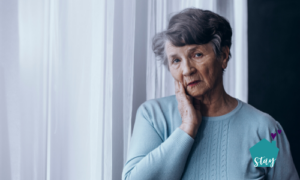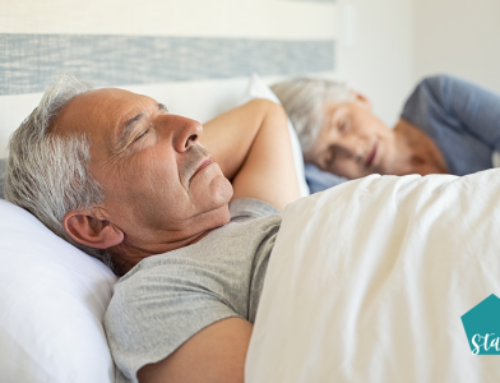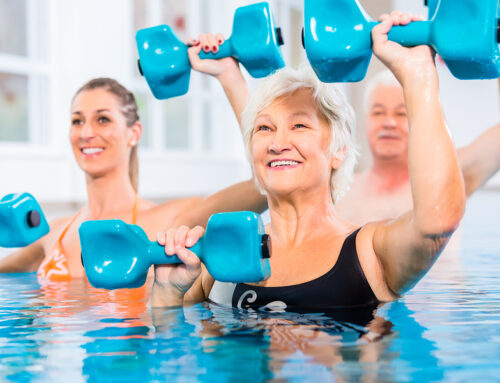Rosacea is a widespread skin disease that affects a person’s cheeks, nose, chin neck and chest. While people of all ages and skin colors can develop rosacea, it’s important for family caregivers to know that it is extremely common in elderly adults. Not only are seniors more likely to develop rosacea, but the symptoms are often more severe than in younger adults.
April is Rosacea Awareness Month, and it’s a perfect time for family members to learn all they can about rosacea so they can recognize symptoms and get their aging loved one to a doctor as soon as possible. Once they understand about rosacea, they can share the information with other family members, senior care assistants and friends to keep the aging adult comfortable despite the condition.
Here are 5 facts about rosacea in elderly adults that family caregivers need to know.
1. Fair-skinned elderly adults are the most likely to develop rosacea.
The redness, flushing and bumps caused by rosacea are certainly most noticeable in those with fair skin, but it can appear in just about anyone. More women develop rosacea than men, and there seems to be a genetic component in that it runs in families. While researchers don’t know what causes rosacea, they do know that it seems to be tied to the immune system.
2. Rosacea has no known cure.
Medical researchers are not sure what causes rosacea and there is no cure for the skin condition. However, there are many treatments available that can help elderly adults with rosacea to keep the symptoms somewhat under control. For elderly adults that require assistance with daily needs, they will certainly depend on family caregivers and senior care aides to help them manage the disease.
3. Symptoms worsen without treatment.
Even though there is no cure, there are some effective methods that doctors can use to treat many of the symptoms. Family caregivers should make sure their elderly relative gets to the doctor as soon as they notice something going on with their skin. It can be especially severe in the elderly and get worse over time. A later diagnosis makes it harder for doctors to treat the symptoms.
4. Treatments Can Help the Symptoms
Treatments range from medicated moisturizing creams to oral anti-inflammatory medicines. When applied and taken regularly, the redness and bumps often diminish in appearance and the stinging and pain recedes. Elderly adults that are receiving full-time or part-time care from family members or senior care aides will need assistance in applying moisturizer regularly.
5. Certain Triggers Make Rosacea Worse
It’s important for family caregivers to inform others who care for their aging relative, like senior care aides and family members, that certain triggers can cause rosacea to flair up. The most common triggers include spicy food, alcohol, caffeine, certain makeup, certain skin care products, cold wind, sun exposure and showering or bathing in hot water. Avoiding these things can help keep rosacea symptoms at bay.
If an elderly person is diagnosed with rosacea, it can be painful and embarrassing for them. With proper care and regular attention to the skin, aging adults can minimize the symptoms and feel more comfortable with their condition.
Source:
https://www.rosacea.org/rr/2000/fall/article_2.php
For senior care in Southern NJ, and the surrounding areas, call and talk to us at Home to Stay Healthcare Solutions (856) 321-1500.








